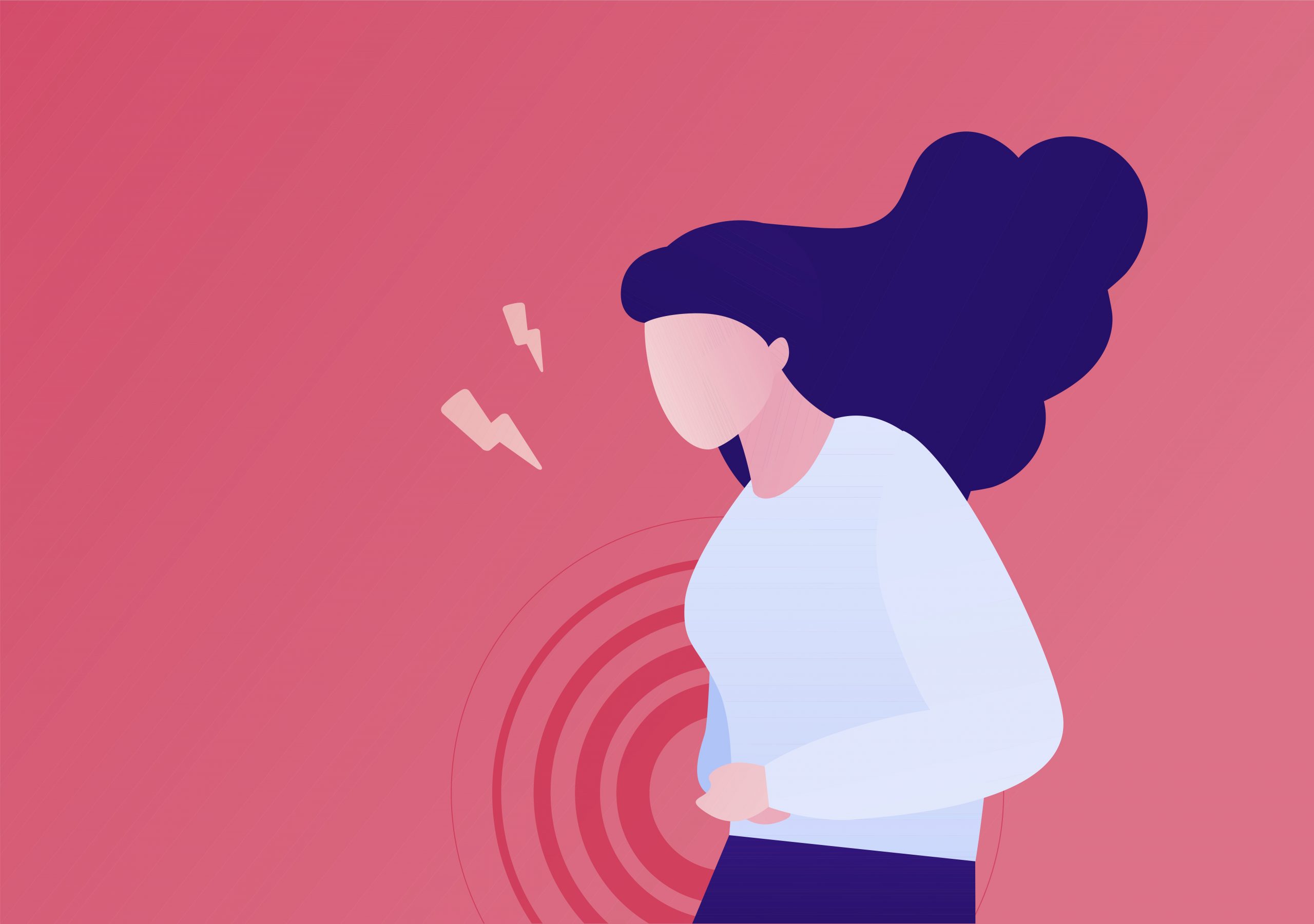
Is CBD good for menstraul cramps is a very popular question. Menstrual cramps are a wretched thing. And if you’re tired of treating your liver to monthly barrages of Advil and Midol, perhaps it’s time to give CBD a try.
Below we’ll look at how CBD’s chemical properties make it suitable for the job, its effectiveness as a remedy for menstrual cramps, and how to choose the best type for your cramps.
How Could CBD Help with Menstrual Cramps?
CBD stands for cannabidiol, and to understand what it is, we first have to look at the cannabis plant. When people talk about marijuana versus hemp, they’re talking about two members of the same family: cannabis. Both plants are useful mainly because of the chemical compounds contained within their vegetable matter. These compounds are known as cannabinoids. CBD is one such cannabinoid found largely in the hemp plant. Tetrahydrocannabinol is another, found mainly in marijuana. But there are hundreds of them, and what’s interesting about them is that each one seems to have slightly different effects on us. Wait a second, you may say — how exactly do cannabis compounds affect us at all? It almost sounds as if our bodies have built-in “cannabinoid receptors.” Yes, exactly. We do have built-in cannabinoid receptors. Known as the endocannabinoid system, this complex neural network of receptors interacts with different cannabinoids for a variety of different effects. CBD binds to several such receptors (like the 5-HT1A receptor, cannabinoid type 1 receptor, and others), which profoundly affects responses like fear, mood, immune response, and — most importantly to you — pain. Let’s get some common questions out of the way:
Will CBD Get You High?
CBD is a non-intoxicating compound, meaning it will not get you high. You’re thinking of THC — and although THC is present in hemp, it’s legally not allowed to be higher than 0.3% in hemp. That’s a trace amount that won’t get you high and won’t show up on drug tests.
Is CBD Safe?
As far as research can tell so far, CBD is quite safe. Take it from the World Health Organization, which states, “In humans, CBD exhibits no effects indicative of any abuse or dependence potential…. To date, there is no evidence of public health-related problems associated with the use of pure CBD.”
How Effective is CBD for Menstrual Cramps?
The best phrase to describe the current body of evidence is “cautious optimism,” since it appears to have positive effects on pain, but research is ongoing. Many of the success stories of using CBD for period cramps are anecdotal at this point. However, there is promising research on using CBD to relieve pain. Additionally, a 2019 study of women with endometriosis showed that CBD oil was self-rated as being the most effective pain relief — even when compared with other remedies like yoga and stretching. CBD is showing a lot of promise when it comes to anti-inflammation and pain relief in general. In 2016, researchers showed that applying CBD gel to lab rats’ joints reduced pain and inflammation and carried no adverse side effects. Migraines and headaches are also symptoms of menstrual pain. CBD has shown effectiveness in relieving migraine pain. In another study, the frequency and pain level of migraine attacks dropped by over 40% with a CBD mixture.
How to Choose the Best CBD for Menstrual Cramps
For starters, there are several ways you can take CBD:
- Oils or tinctures
- Edibles
- Capsules
- Hemp flowers
- Vaping
For most people, the easiest way to start is with CBD oil. This simply requires you to place a dropper of oil under your tongue and hold it there for 60 seconds, where the CBD will absorb directly into your bloodstream through the thin, hypervascular walls of your mouth. Note that CBD “oil” is CBD suspended in a carrier oil like coconut or hemp oil. You can also buy several types of CBD extracts, including:
- CBD isolate: Pure CBD on its own, without any other cannabinoids present.
- Broad-spectrum CBD: Contains other cannabinoids but not the full spectrum of the plant’s profile.
- Full-spectrum CBD: The full profile of cannabinoids present in the plant, including trace amounts of THC.
Our recommendation? Opt for full-spectrum every time. Cannabinoids perform better together than isolated, so you’ll get better results. Also, make sure the product is third-party lab tested since the FDA doesn’t regulate CBD products yet. Start your doses small and work your way up — you may find a new level of relief from your menstrual cramps.






